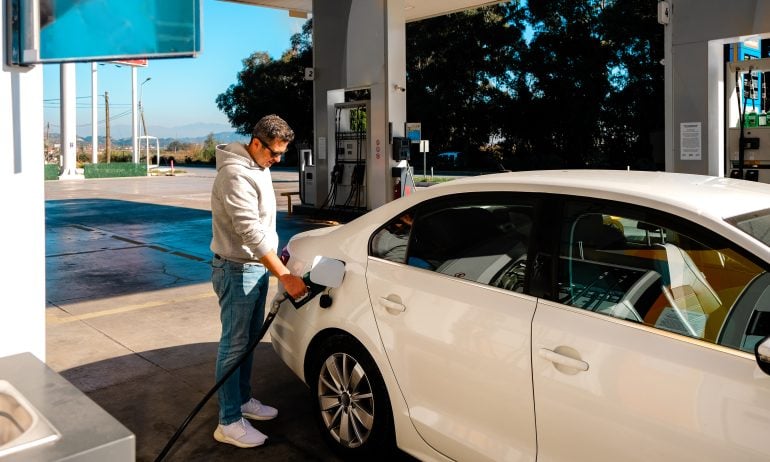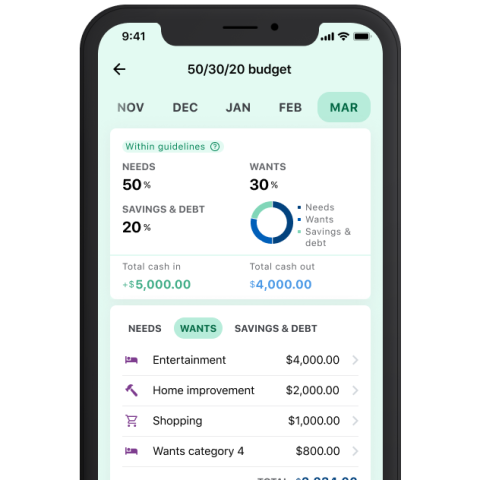4 Things to Know About Today’s Inflation Report

Many or all of the products featured here are from our partners who compensate us. This influences which products we write about and where and how the product appears on a page. However, this does not influence our evaluations. Our opinions are our own. Here is a list of our partners and here's how we make money.
Inflation in April continued its steady cooldown, but its slow pace shows it’s still resilient, too, according to the Bureau of Labor Statistics' consumer price index report released Wednesday. Here’s what else you need to know.
1. Inflation has slowed for 10 months straight
April marked the 10th month in a row of overall inflation decreases.
The consumer price index for all items rose 4.9% for the past 12 months throughout April, down from 5% in March. It’s a small decline, but it makes April the lowest annual increase since April 2021. That includes the peak for overall CPI at 9.1% in June 2022.
The month-to-month increase was up slightly: 0.4% for April compared with 0.1% in March.
2. Core inflation is now higher than overall inflation
Annual core CPI, which excludes food and energy, decreased from 5.6% in March to 5.5% in April. But for the second time in nine months, the core CPI is higher than the overall CPI rate, on an annual basis.
Why would core inflation overpower overall inflation? When you remove food and energy, services remain elevated. The index for services is still up 6.8% over the last 12 months, including shelter, transportation and medical care.

3. Blame the increase on gas, rent and used cars
Energy was showing signs of slowing with a 3.5% decline from February to March, but it’s now up 0.6% in April. The increase was primarily due to gasoline, which rose 3% in April after a 4.6% decline in March.
But when you zoom out, over the past 12 months, both have seen declines: energy is down 5.1% and gas, specifically, is down 12.2%. Other energy markers have also decreased since April 2022, like natural gas (down 2.1%) and fuel oil (down 20.2%). But the index for electricity is still high: up 8.4% on an annual basis.
The other most volatile price index is food, which remained unchanged from March, but is still up 7.7% over the last 12 months. Prices for food-at-home — groceries — have fallen for the second straight month, but remain elevated annually at 7.1%.
When you remove food and energy from the equation, the April increase was primarily caused by shelter, which increased 0.4% from March to April. That’s down from the 0.6% increase from February to March, but the big picture is the 12-month increase. On an annual basis, shelter is up 8.1%.
Another primary contributor to inflation right now is used cars and trucks. This index declined 0.9% from February to March. But this month is a little different: In April, used cars were up 4.4% from March. And the 12-month decline is now 6.6%, significantly less than in the previous month when it was down 11.2%.
4. Inflation is slowing, but not as fast as the Fed would like
Wednesday’s data should be a welcome sign to the Federal Reserve that inflation continues to decline. The central bank has been the primary challenger for inflation, hiking the federal funds rate ten times since March 2022. The most recent increase last week puts the rate at a range of 5% to 5.25% — the highest since 2007.
These hikes are meant to drop inflation to the Fed’s long-run inflation target of 2%. Current inflation is 4.2%, per the Fed's preferred metric, the personal consumption expenditures index. The PCE rate for April will be released May 26.


